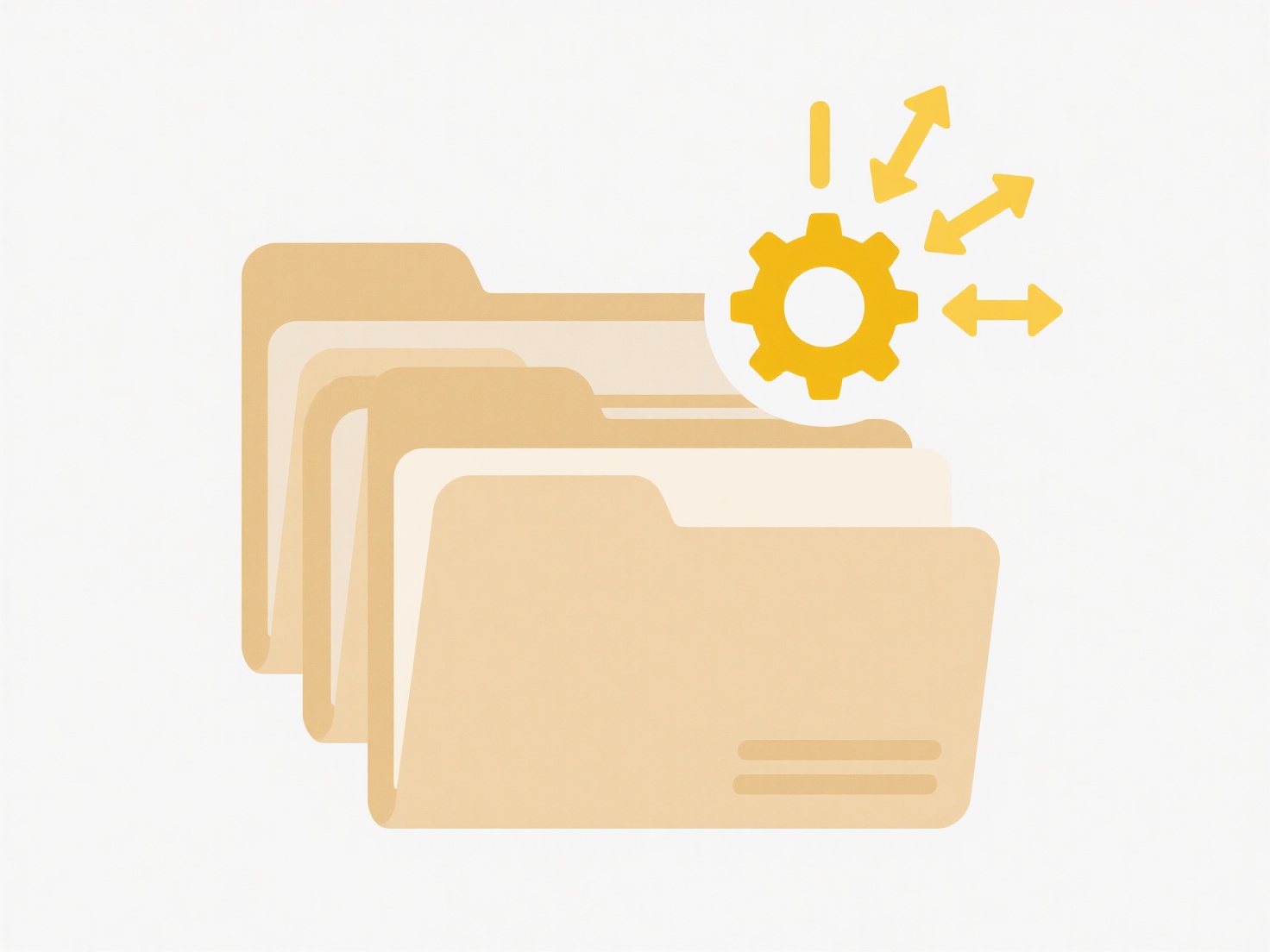
Duplicate music files appear when the same song is stored multiple times in your library. This commonly happens if you import the same CD more than once, sync music from multiple devices to a central library, or download tracks that already exist in a different location or format (like MP3 and FLAC versions). Your music software may also create duplicates if it can't properly match files—such as when tracks have slightly different metadata (like "Artist Name" vs. "Artist Name feat. Guest").
For example, after syncing an iPhone to your computer, a song might appear once as the original library file and again as a separate file imported from the device. Similarly, if you use streaming apps like Apple Music or Spotify alongside local files, uploading a personal playlist might add files already present in your library. Personal media servers or NAS devices can also lead to duplicates when accessed from different apps or tools.

Duplicates waste storage space and clutter playlists but are typically harmless. Tools like MusicBrainz Picard can detect and merge them automatically. Limitations include the need for accurate metadata—apps struggle to identify files with incomplete tags. Future improvements in AI or cloud services may offer better duplicate detection during syncs, reducing manual cleanup.
Why do duplicate music files appear in my library?
Duplicate music files appear when the same song is stored multiple times in your library. This commonly happens if you import the same CD more than once, sync music from multiple devices to a central library, or download tracks that already exist in a different location or format (like MP3 and FLAC versions). Your music software may also create duplicates if it can't properly match files—such as when tracks have slightly different metadata (like "Artist Name" vs. "Artist Name feat. Guest").
For example, after syncing an iPhone to your computer, a song might appear once as the original library file and again as a separate file imported from the device. Similarly, if you use streaming apps like Apple Music or Spotify alongside local files, uploading a personal playlist might add files already present in your library. Personal media servers or NAS devices can also lead to duplicates when accessed from different apps or tools.

Duplicates waste storage space and clutter playlists but are typically harmless. Tools like MusicBrainz Picard can detect and merge them automatically. Limitations include the need for accurate metadata—apps struggle to identify files with incomplete tags. Future improvements in AI or cloud services may offer better duplicate detection during syncs, reducing manual cleanup.
Quick Article Links
Can I build workflows around folder states?
Folder states refer to predefined conditions or statuses applied to directories within a storage system (like Draft, Rev...
How can I change the default program for opening a file?
Changing the default program allows you to select which application automatically opens when you double-click a file of ...
Can I open a .pdf in Word?
Yes, you can open a PDF file in Microsoft Word. This feature instructs Word to import the PDF content, perform an automa...